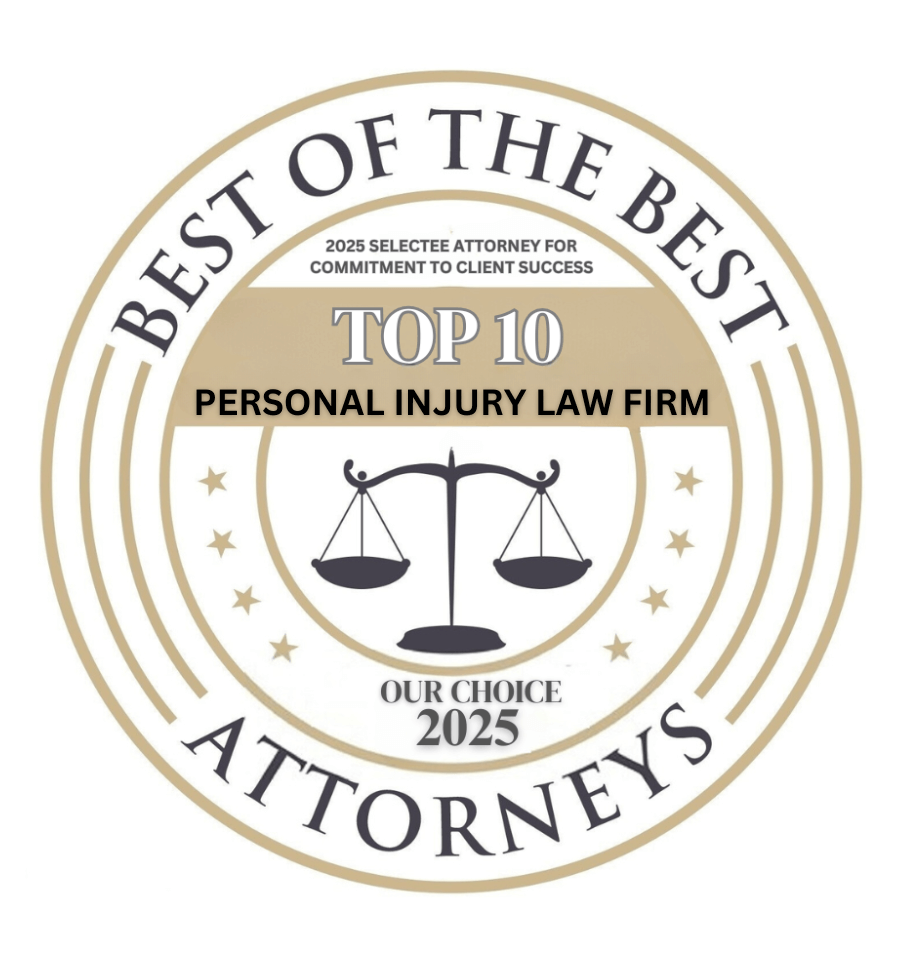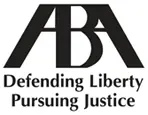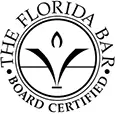What is the Safest Way to Pass a Motorcycle?
Many motorcycle accidents occur when cars attempt to pass them on the road, often due to a lack of understanding or awareness of motorcyclists’ unique challenges.
If you’ve been in a motorcycle accident, a Tampa motorcycle accident lawyer can help protect your rights and guide you through the legal process that often follows such incidents. Holding negligent drivers accountable is critical to your financial future.
Drivers Should Practice Safety Around Motorcycles

Motorcycles are significantly smaller than cars, making them more challenging to spot on the road. Their compact size allows them to easily slip into a driver’s blind spot or be obscured by other vehicles, road signs, or even weather conditions. They also maneuver differently than larger vehicles, capable of quicker acceleration, deceleration, and more agile movements. This means drivers must exercise extra caution and awareness when sharing the road with motorcycles.
Drivers should always make it a habit to check their blind spots before changing lanes or making turns. Motorcycles can easily be hidden in areas that aren’t visible in your mirrors, and a quick glance over your shoulder can be the difference between a safe lane change and a catastrophic collision.
Motorcycles have the same rights as other vehicles on the road. They are entitled to use a full lane, just like a car. Many drivers mistakenly believe that it’s acceptable to share a lane with a motorcycle or try to squeeze past them within the same lane. This practice is dangerous and illegal.
Respecting motorcyclists’ space and rights on the road is essential for everyone’s safety, but many drivers fail to do so. This can result in life-changing injuries to motorcyclists.
The Dangers of Passing Motorcycles Incorrectly
Passing a motorcycle incorrectly can lead to severe accidents with potentially life-altering consequences. Understanding these dangers is important for all drivers to ensure the safety of motorcyclists and themselves on the road.
One common danger is not providing enough space when passing. Motorcycles require more room than you might initially think. The wind turbulence created by a passing vehicle can be much more significant for a motorcyclist than for a car driver. This turbulence can push a motorcycle sideways, causing the rider to lose balance or be forced off their path. In extreme cases, it can even cause the rider to lose control entirely.
Another hazard is accelerating too quickly when passing. Sudden movements can startle motorcycle riders, potentially causing them to swerve or lose control of their bike. The noise and rapid approach of a fast-moving vehicle can be particularly unsettling for motorcyclists, who are more exposed to their environment than car drivers.
Cutting off the motorcycle after passing is another dangerous behavior that occurs all too frequently. Merging back into the lane too soon after passing can force the motorcycle off the road or into a dangerous situation. Motorcycles need more space to maneuver than cars, and abruptly reducing this space can leave the rider with few options to avoid a collision.
Failing to use turn signals when passing is also a significant risk. Turn signals are a crucial form of communication on the road, and neglecting to use them can catch the motorcycle rider off guard, leading to crashes. Motorcyclists often adjust their speed and position based on the anticipated movements of other vehicles, and unexpected lane changes or turns can be particularly dangerous.

Attempting to pass in no-passing zones is extremely dangerous for all vehicles, but especially for motorcycles due to their vulnerability. These zones are designated for a reason, often due to limited visibility, oncoming traffic, or other road hazards. Disregarding these warnings puts everyone on the road at risk, with motorcyclists facing the highest potential for severe injury or fatality in the event of a collision.
Distracted driving, which has become increasingly common with the rise of smartphones and in-car entertainment systems, poses a significant threat when passing motorcycles. Taking your eyes off the road for even a few seconds to check a text message or adjust your GPS can have disastrous consequences. The smaller profile of motorcycles makes them easier to miss if you’re not giving the road your full attention.
Misjudging the speed of an oncoming motorcycle is another common error that can lead to dangerous passing situations. Due to their smaller size, motorcycles may appear to be farther away or moving slower than they actually are. This optical illusion can cause drivers to attempt to pass when there isn’t enough time or space to do so safely.
Failing to account for road conditions is another factor that can make passing a motorcycle dangerous. Wet roads, gravel, potholes, or debris can all affect a motorcycle’s stability and traction more significantly than a car. When passing a motorcycle, it’s important to be aware of these conditions and give the rider extra space to navigate them safely.
If you’ve been in an accident caused by unsafe passing or any other negligent behavior, a motorcycle accident lawyer can explain your legal options and fight for the compensation you deserve.
The Right Way to Pass a Motorcycle
Now that we’ve covered the dangers, let’s focus on the safest way to pass a motorcycle. Following these guidelines can significantly reduce the risk of accidents and ensure a safer road environment for everyone.
The first step is to thoroughly check your surroundings. Before you begin to pass:
- Ensure that it’s both legal and safe to do so.
- Look for oncoming traffic, road signs, and lane markings that indicate whether passing is allowed.
- Pay attention to the road ahead, watching for curves, hills, or intersections that can hide oncoming vehicles.
- Be especially cautious on two-lane roads, where the consequences of misjudging the time and distance needed to pass can be particularly severe.
Next, signal your intentions early. Use your turn signals well in advance to let the motorcycle rider and other drivers know what you plan to do. This early communication gives the motorcyclist time to anticipate your movement and adjust their own position if necessary. Remember, clear communication on the road is key to preventing accidents.

When it’s time to pass, move completely into the left lane. Never attempt to squeeze by in the same lane as the motorcycle. This not only gives the motorcyclist full use of their lane but also provides a safety buffer in case either of you needs to make sudden adjustments. If there isn’t a full lane available for passing, wait until there is. The few seconds you might save by squeezing past are not worth the risk.
As you pass, give the motorcycle extra space. Imagine there’s an invisible car-sized buffer around the motorcycle, and maintain that distance as you go by. This extra space accounts for potential wind turbulence and gives the motorcyclist room to maneuver if needed. It’s always better to err on the side of caution and give more space than you think is necessary.
Take your time passing and maintain a steady speed without sudden accelerations, which can be startling or dangerous for the motorcycle rider. A smooth, predictable pass is the safest for all involved. Remember that motorcycles are more susceptible to changes in air pressure caused by passing vehicles, so a gradual approach and pass can help the rider maintain stability.
Before merging back into the lane:
- Use your mirrors and look over your shoulder to ensure you’re well past the motorcycle.
- Don’t rely solely on your mirrors, as motorcycles can easily hide in blind spots.
- Once you’re certain you have enough space, signal again to indicate your intention to move back into the lane.
This second use of your turn signal gives the motorcyclist clear information about your intentions.
After passing, maintain your speed. Slowing down suddenly in front of the motorcycle can be just as dangerous as cutting them off when merging. If you need to slow down, do so gradually and predictably. Remember that motorcycles may need more time to react to changes in traffic flow, so always try to make your movements as smooth and telegraphed as possible.
Be aware of the road conditions as you pass. If you’re passing on a road with loose gravel, potholes, or other hazards, give the motorcycle even more space. These conditions can force a motorcyclist to make sudden movements, and having an extra room can prevent these necessary adjustments from turning into collisions.
If you pass a group of motorcycles, treat them like a single, longer vehicle. Pass the entire group at once if it’s safe to do so rather than trying to merge between riders. This approach is safer and more predictable for motorcycle riders.
Remember, it’s always better to wait if you’re unsure whether you can pass safely. A few extra minutes added to your trip is a small price to pay for avoiding a potentially serious accident. Patience on the road saves lives, especially regarding interactions between cars and more vulnerable road users like motorcyclists.
What to Do if You’re in a Motorcycle Accident
Even if drivers follow all the safety rules and best practices, accidents can still happen. If you find yourself injured in a motorcycle accident, there are several important steps to take to protect your health, rights, and potential legal claim.
First, prioritize your health and safety. Seek medical attention immediately, even if you initially feel okay. Some injuries, particularly those common in motorcycle accidents like head injuries or internal trauma, may not be immediately apparent. A medical professional can identify and document any hidden injuries. Your medical records are not only necessary for your treatment but can also play a significant role if you need to seek compensation later.
One of the most important steps is to call a motorcycle accident lawyer as soon as possible. A lawyer who focuses on motorcycle accidents can help protect your rights and guide you through the process that often follows an accident. They can deal with insurers, gather and preserve important evidence, and represent your interests throughout the entire process.
Be cautious when dealing with insurance companies. Insurance adjusters might try to get you to make statements that can potentially harm your case. They may also offer a quick settlement that seems attractive but doesn’t fully cover your long-term expenses. It’s often best to let your lawyer handle these communications to ensure that your rights are protected and that you don’t accidentally say something that insurers might use to reduce or deny your claim.
As you begin the recovery process, keep detailed records of all medical bills, repair estimates, and any other documents related to the accident. This includes receipts for medication, documentation of lost earnings if you cannot work, and records of any other expenses incurred due to the accident. These records can be crucial if you need to seek compensation for your injuries and damages.

It’s also important to follow your doctor’s orders carefully. Not only is this vital for your health, but it can also strengthen your case if you need to pursue legal action. Failing to follow medical advice or missing appointments can be used by insurance companies to argue that your injuries aren’t as severe as you claim.
Keep a journal documenting your recovery process. Note your pain levels, any limitations on your activities, and how the injuries have affected your daily life. This personal account can be valuable in illustrating the full impact of the accident on your life, which goes beyond just medical bills and lost earnings.
Be mindful of your social media use following the accident. Insurance companies and defense attorneys often scour social media accounts looking for posts that might contradict your injury claim. Even innocent posts about daily activities can be taken out of context and used to challenge your case.
If you’re contacted by the other driver’s insurance company, politely decline to give a statement until you’ve spoken with your lawyer. You’re not obligated to speak with the other driver’s insurance company, and it’s generally in your best interest to have all such communication go through your attorney.
Remember that there are time limits, known as statutes of limitations, for filing legal claims after an accident. These vary by state, so it’s important to consult with a motorcycle accident lawyer as soon as possible to ensure you don’t miss any deadlines.
Contact a Motorcycle Accident Lawyer Today
If the worst happens and you find yourself involved in a motorcycle accident, remember that you don’t have to face the aftermath alone. A motorcycle accident lawyer can be your advocate, guide, and support system during a challenging time. Reach out to a personal injury attorney in Tampa to help ensure that your rights are protected and that you receive the compensation you deserve for your injuries and losses.
Free Consultation
We Are Here For You 24/7
Reviews
– Elissa M.
“Really pleased with Boohoff Law! Received immediate responses when I had any questions. Treated amazingly by all staff … made this process a true breeze!”
– Caitlyn M.
– Brandy K.
Related Posts
Steps to Take After a Drunk Driver Hits Your Vehicle in Seattle
What Compensation Can You Claim for Severe Burn Injuries
What to Do After Being Injured in a Parking Lot Accident in Seattle
Recovery is personal.
We’re here for you.
You're better off with Boohoff.











The information on this website is for general information purposes only. Nothing on this site should be taken as legal advice for any individual case or situation. This information is not intended to create, and receipt or viewing does not constitute, an attorney-client relationship.
available 24/7
(877) 999-9999
